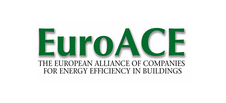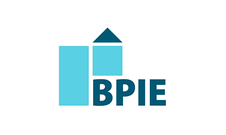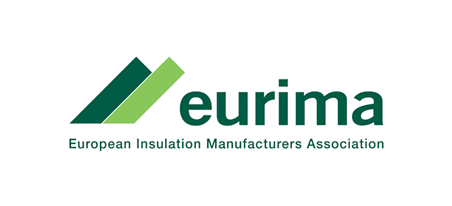Search eceee proceedings
The multi-dimensionality of decisions on energetic refurbishment: Results of a qualitative study covering different types of property owners
Panel: 9. Consumption and behaviour
This is a peer-reviewed paper.
Authors:
Ina Renz, Institut Wohnen und Umwelt GmbH (IWU)
(Institute for Housing and Environment), Germany
Ulrike Hacke, Institut Wohnen und Umwelt GmbH (IWU)
Institute for Housing and Environment, Germany
Abstract
In order to achieve European climate targets, there is a strong need to unlock the energy-saving potential lying in the energetic refurbishment of existing buildings. Current research reveals different findings about the relevance of economic and other influencing factors.
This paper describes the key results of a German qualitative study carried out by order of KfW Bankengruppe addressing the question why some property owners decide to refurbish while others don’t, with focus on the interplay between different (economic, ecologic, social, personal) arguments.
Based on a sophisticated postal screening in three German cities using a set of a priori defined criteria, 32 private property owners (landlords and owner-occupiers with differing criteria-based characteristics) have been interviewed.
Comparing the arguments of owners who realised refurbishment activities with those who did not, the qualitative content analysis identifies twelve categories of influencing factors. Although those that refurbish and those that decide against refurbishment consider similar aspects, both assess at least some of these aspects differently. Generally, it was found that every decision on refurbishment has two stages - each with specific barriers that are considered and balanced against possible benefits. There are six reasons for refurbishment which come to an in-depth evaluation in stage 2 constituting the condition for actual (different) refurbishment activities. Otherwise barriers on the first stage discourage property owners from refurbishment activities.
The identified interdependences between a wide range of decision-making factors and barriers suggest that approaches to promote energetic refurbishment of homes should ideally address several financial and non-financial aspects.
Downloads
Download this paper as pdf: 9-184-17_Renz.pdf
Download this presentation as pdf: 9-184-17_Renz_presentation.pdf
Panels of
1. Foundations of future energy policy
2. Policy: governance, design, implementation and evaluation challenges
4. Mobility, transport, and smart and sustainable cities
5. Buildings and construction technologies and systems
6. Buildings policies, directives and programmes
7. Appliances, products, lighting and ICT
8. Monitoring and evaluation: building confidence and enhancing practices























